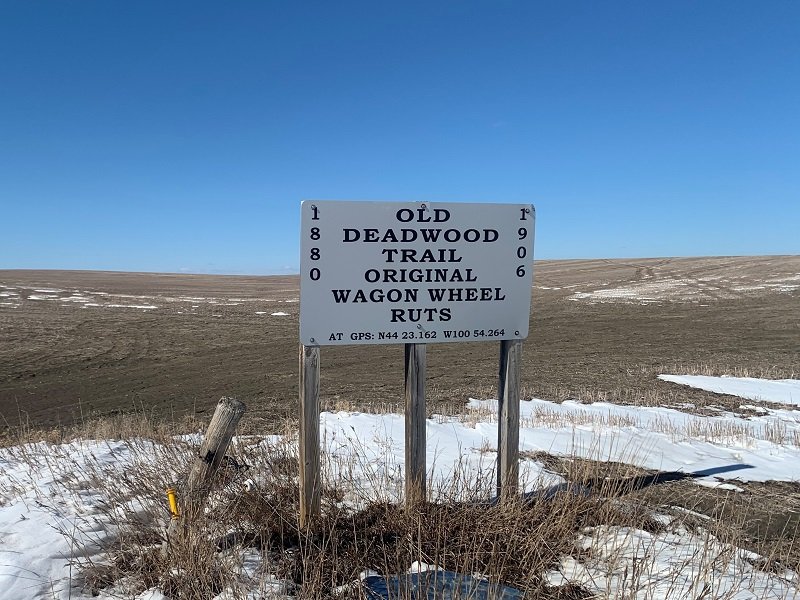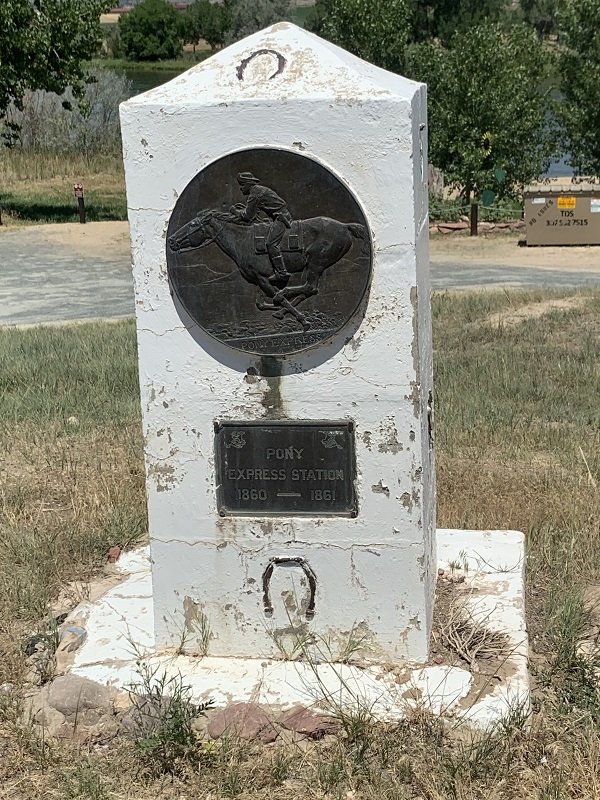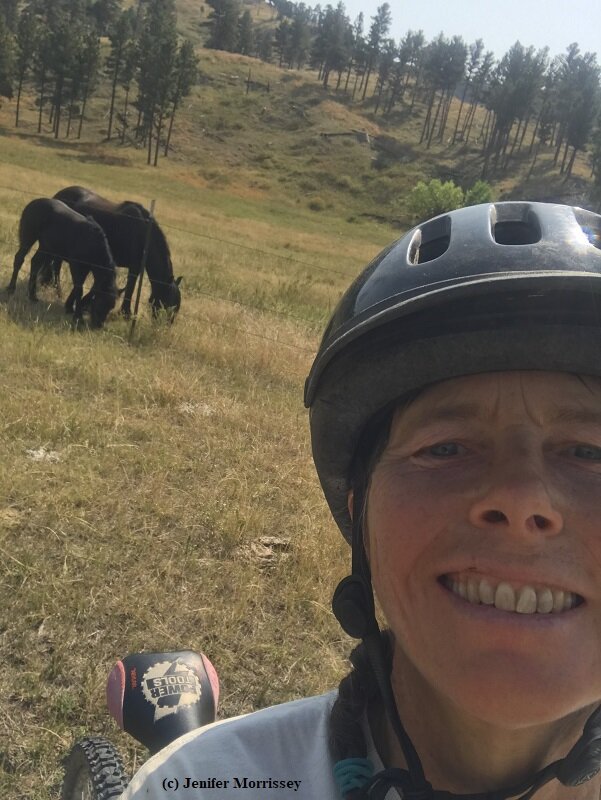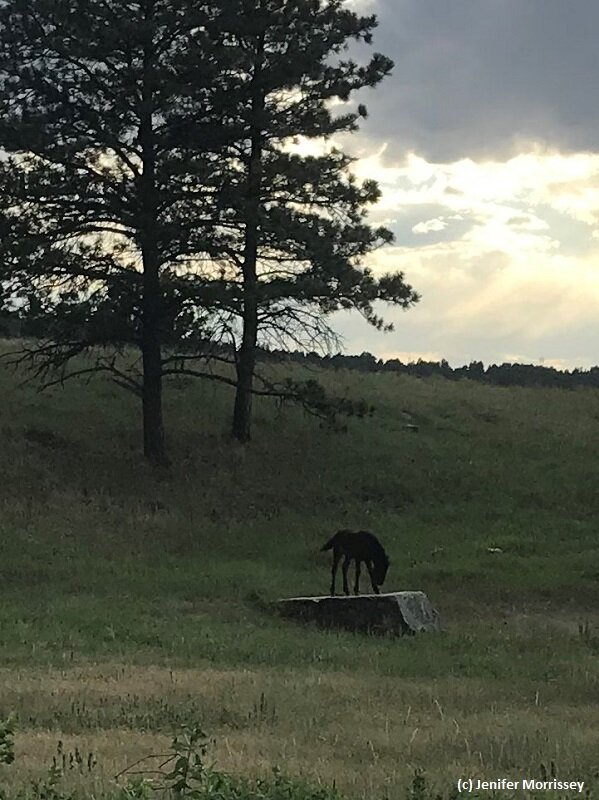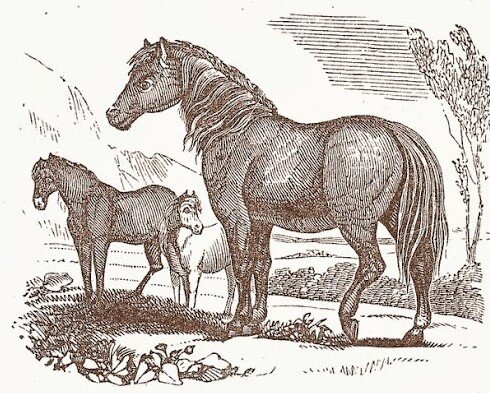I don’t often get the opportunity to reunite with a pony that I have sold to a new home. When I knew an opportunity was coming up, then, I worked hard to enter the situation with no expectations. After all, it had been more than three years since the pony had seen me, and he’d lived in two different states during that time. Nonetheless, I was extremely curious to see if my work partner of nineteen years, the Norwegian Fjord Horse gelding Torrin, would show any signs of recognizing me.
The opportunity presented itself thanks to the generosity of my friend Paula, Torrin’s owner, and my young pink cowboy princess friend Jackson. Jackson is a huge fan of the movie Frozen, and in that animated movie there are Fjord Horses. Jackson had been expressing interest in having her own pony, and I had the idea that Jackson might enjoy riding Torrin as a placeholder until she’s at a point in her life where a pony of her own might be possible. Torrin and Paula had recently relocated to the same town where Jackson lives making it possible for Jackson to meet Torrin.
I forgot to bring Jackson’s helmet to the event, but all our other safety precautions, including knowing Torrin well, were enough to provide a great experience for all concerned.
While we kept the pony ride a secret from Jackson, nonetheless the rest of the ‘team’ did lots of preparation. I made arrangements to meet Jackson and her mom when I was in their town, and Paula reminded me to bring Jackson’s saddle, which ended up fitting Torrin well. Pink even looks good on a grey dun! Paula went above and beyond the call by watching the movie in advance of our visit so she could provide helpful context, which was good because it had been a few years since I’d watched it. Jackson’s mom made sure that Jackson had the suitable clothes to wear after school, including cowboy boots with pink highlights.
The late afternoon of the ride was a comfortable temperature, and my only regret is that I’d forgotten Jackson’s helmet. Torrin had done kid rides several times during his life with me, so I wasn’t too worried about safety, keeping in mind of course that anything can happen with equines. We proceeded with introducing Jackson to Torrin and putting her saddle on him. I lifted Jackson into the saddle and gave her instructions she’d heard from me before when riding my ponies at the ranch: if you get uncomfortable for any reason, say stop, and we will. We proceeded making small circles around the paddock, with me walking alongside Jackson. Torrin was his normal obedient and cooperative self, and Paula and I both verbally praised him.
When we had arrived, I had walked over to the paddock fence and verbally greeted Torrin, and then when we were saddling him, I had let him sniff my hand. He didn’t indicate any sign of recognizing me. I accepted that and expressed appreciation for him giving Jackson an opportunity to ride a Frozen horse. About the third time around the paddock with Jackson aboard, we stopped to make sure all were happy. I praised Torrin again for being a good boy. At those words, he suddenly turned his head, nickered, and then thoroughly sniffed my proffered hand with focus and intention. His body language had changed, and it was immediately clear he knew exactly who I was. It was a magical moment of connection and happiness that brought both Paula and me to tears.
Somehow my hair looks frosted here where I’m talking with my old friend, perhaps in honor of the event!
After a few more circles and some fun with Jackson mounting and dismounting on Paula’s oversized mounting block, we called the event a success and prepared to depart. I took a few moments to again connect with Mr. T and express appreciation for the time together that day and what we’d shared in the past. I now have one experience reuniting with an old equine friend, and the magic of it I will remember for a long time.
© Jenifer Morrissey, 2022
There are lots of stories about Torrin and me working together in my book The Partnered Pony, available internationally by clicking here or on the book cover.














